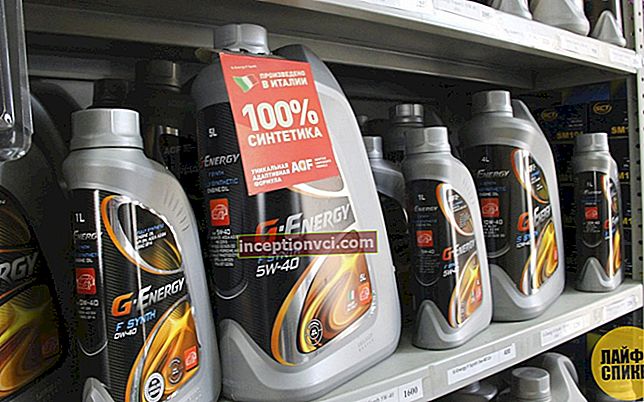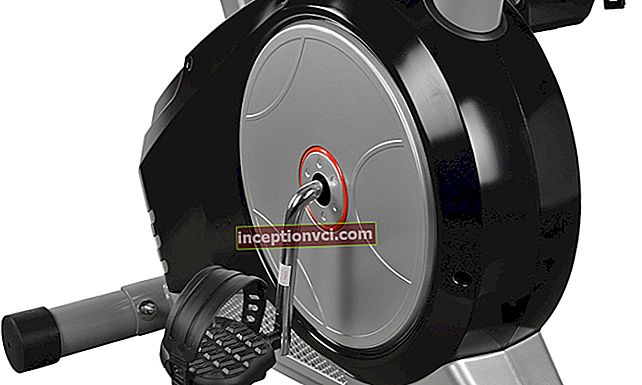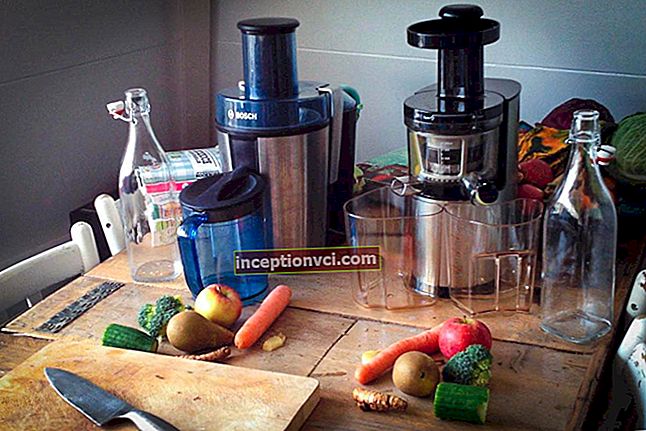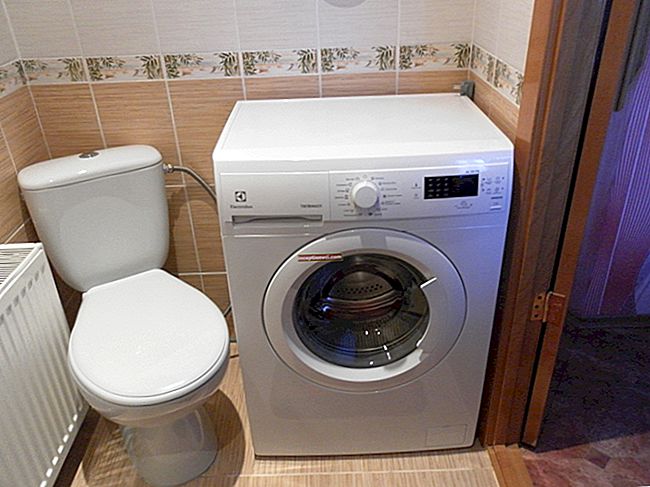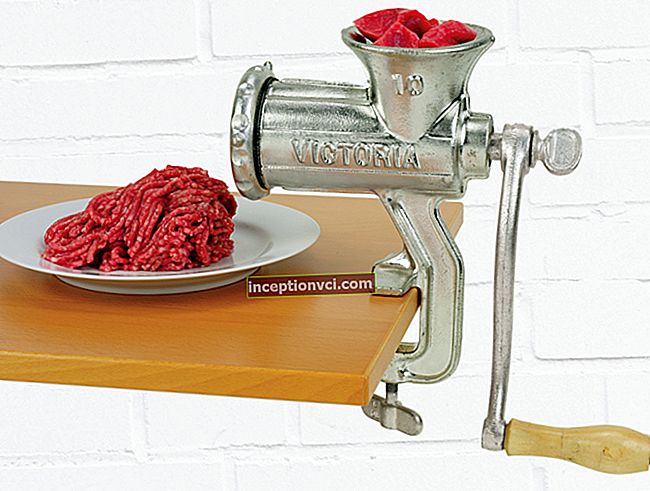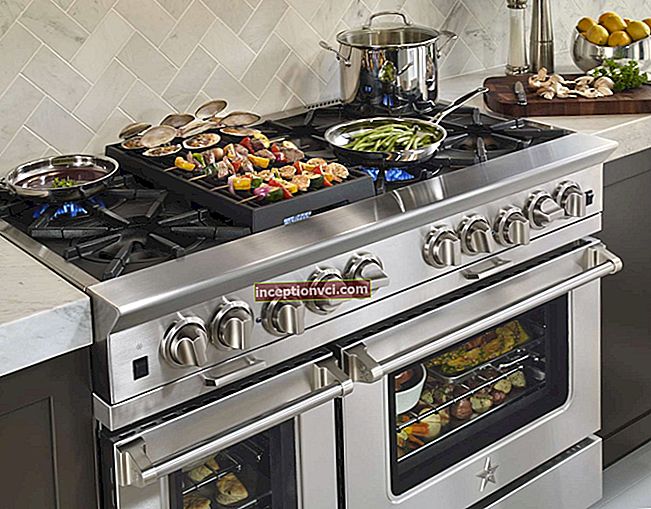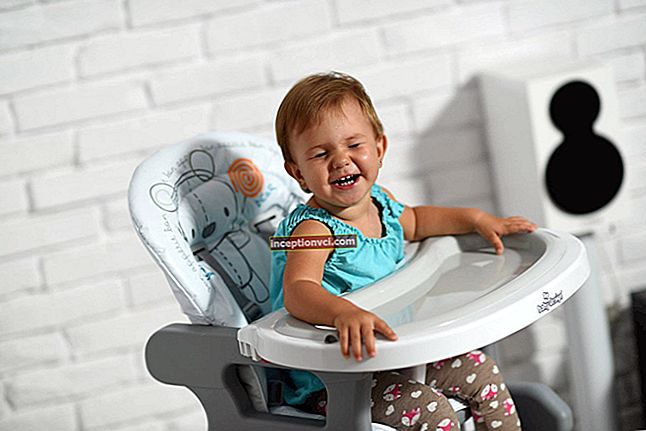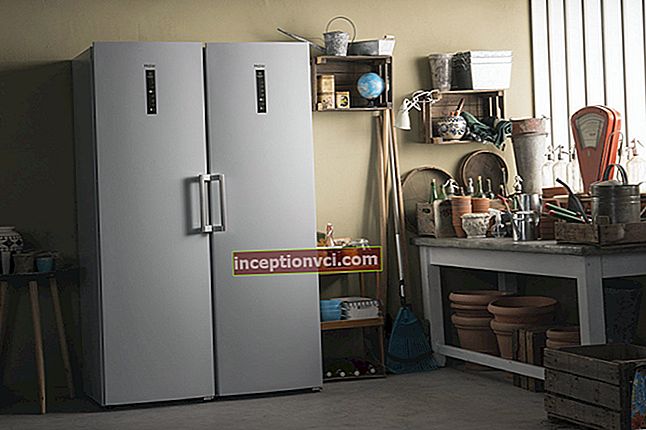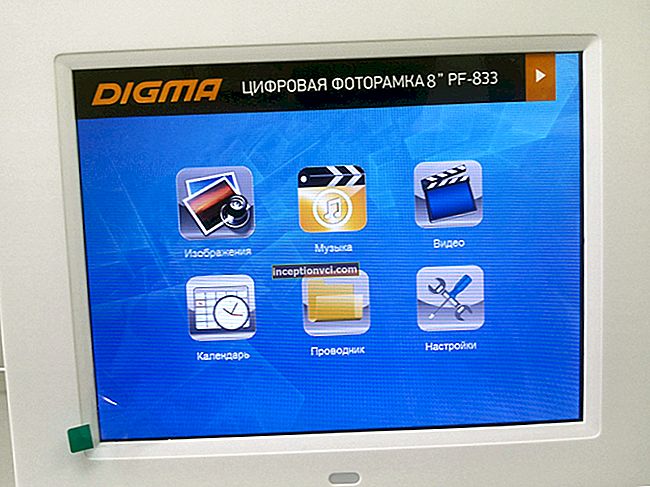This camera is very expensive. For this amount today you can buy a good car, an apartment or get an education, buy a bunch of cameras, as well as a couple of Nikon D3X with lenses 14-24 mm f / 2.8, 24-70 mm f / 2.8 and 70-200 mm f / 2.8, plus Apple MacBook Pro laptop, 27-inch monitor and more.
If you could spend that tidy sum on just one camera and a standard lens, would you?
Such is the cost of a [Leica S2] [1] with a standard 70mm f / 2.5 Summarit lens. [Leica S2] [1] is a medium format SLR camera. This means that its sensor is larger than that of a full-frame DSLR. In this case, by as much as 56%.
There are certainly other medium format cameras on the market today and they are all expensive. But when Leica entered the market with its S2, it wanted to offer something different.
The problem with medium format DSLRs is their size and weight. The iconic Mamiya RB and RZ series, as well as Hasselblad with its famous V-System, have been workhorses for years, but you wouldn't want to throw one over your shoulder and head off to the Indian market.

37.5 megapixel sensor
The Leica S2 is smaller than the aforementioned Nikon D3x and any of Canon's EOS-1D series cameras, although it has a 45x30mm sensor with a maximum resolution of 37.5MP.
Other manufacturers of medium format cameras have also tried to make their cameras more compact and easier to use. Hasselblad released the H4D with its H-system, Mamiya released the 645 AFD III, and these cameras have become more user-friendly thanks to the new owners of Phase One.
Pentax also introduced its 645D medium format camera, which boasts user-friendly automatic functions.
Against competitors
Compared to the competition, [Leica S2] [1] has the most integrated system of all (some medium format cameras have two control departments and two batteries - one for the camera itself and one for the digital back), and also has the advantage of being that this camera is redesigned from start to finish with uncompromising quality for new lenses.
As with other Leica digital cameras, the company decided to use the DNG format as RAW, which, being balanced, is a good solution. This allows users to process RAW files with whichever version of Adobe Camera Raw they like, and transfer and process directly in Adobe Lightroom.
Indeed, Adobe Lightroom comes standard with the camera, and the DNG format reads well Capture One from Phase One and Phocus from Hasselbald, so users don't have to learn anything new.
Thanks to the Leica app, users can shoot directly in Capture One. This approach to photography is the most flexible medium format camera manufacturer when it comes to software.
Professional features
When looking at the specs of a camera like this, most photographers might wonder what all the fuss is about. Today's trendy features like HD video, scene mode and in-camera image processing are simply not there.
With this camera, Leica is aiming at the top end of the professional camera market, as it has a special feature - the dual shutter system.
With compatible lenses, this will allow you to select either the camera's built-in shutter with a response speed of 8 sec. up to 1/4000 sec. with flash sync at 1/125 sec., or built-in lens shutter for full-range flash sync, up to 1/500 sec.

As we can see, the Leica S2 is not designed to compete with professional cameras from Canon and Nikon. Naturally, you won't be able to meet all your needs with just one camera without lenses and accessories.
Build quality and handling
The Leica S2 adheres to the minimalist style. At the top near the shutter mode switch is an OLED color display showing exposure information.

At the back of the camera is a three-inch display (only 470,000 pixels, which is very strange for a camera of this class), surrounded by four keys that change their functionality depending on what is currently displayed on the screen.

The idea behind Leica was to avoid the confusion over the many buttons for settings that we see in other DSLRs. According to Lica engineers, such a number of them can be confusing for the photographer. In our opinion, this is a controversial decision, since many photographers prefer to have everything at hand, especially when it comes to controls and quick access to settings and modes.
There is a control wheel that naturally fits under your finger when you hold the camera in your hand. The same wheel can be used to change aperture, view menus and images. It can also be pressed to select menu options and auto aperture mode, thereby switching the camera to shutter priority or program mode. To some, such minimalism will seem attractive.
The menu itself looks a little dated and could be sleeker and more modern.

But this is just a nagging about the Leica S2, as it is a real pleasure to shoot with this camera compared to other medium format cameras.
Gripping the camera is comfortable for most users, and the optional battery pack will extend the shooting time and add more control when the camera is held vertically. The viewfinder is simply amazing - the best camera on the market today.
The build quality is exactly what you can expect from a Leica: the magnesium alloy chassis gives you a sense of confidence and reliability, and the controls are responsive even to the slightest touch.

It was also a smart decision to use a color OLED display on top of the camera, which displays the necessary minimum of information and is not overloaded with unnecessary indications.
Performance
The answer to the previously asked question, what do you get for that kind of money, is the quality of your images.
All medium format cameras are capable of capturing high resolution images, and [Leica S2] [1] is no exception. Per-pixel viewing of images on the screen confirms the high detail and quality, as well as the complete absence of artifacts that you can find among similar DSLR cameras at 100% magnification. For this, we can thank the absence of an anti-aliasing filter in front of the matrix, which is equipped with almost all crop-format DSLRs and full-format cameras.
A physically larger sensor means more pixels can be placed on it and there is more space between those same pixels. This results in increased resolution and greater dynamic range.
Using a 16-bit processor (for example, other manufacturers use a 14-bit processor) produces better tonal gradients and better color reproduction. If you've never seen a shot with a medium format camera before, then you should definitely see it: the quality will be simply amazing, you have never seen anything like it before.
S-System Lenses
The quality secret of [Leica S2] [1] also lies in its optics. No pixels around the world will give you good image quality if the image is being projected at insufficient resolution. Leica has a long history of being an expert in lens and lens design, so it should come as no surprise that the four S-system lenses currently available are amazing.

It is a 35mm f / 2.8 (angle of view equivalent to a 28mm full-frame lens), a standard 70mm f / 2.5 lens (equivalent to 50mm), a 120mm f / 2.8 macro lens (equivalent to 85mm), and a 180mm f / 3.5 telephoto lens.
Sharp even at open apertures, these optics exhibit very little distortion, good contrast, color saturation and glare resistance.
From the point of view of the image itself, the [Leica S2] [1] is not very different from other medium format SLR cameras, but Leica lenses are something special, beyond.
In some other aspects of performance, this camera is slightly inferior to professional cameras from Nikon and Canon, which cost ten times less, but are better (or identical) in certain aspects of other medium format systems.
For example, [Leica S2] [1] autofocus is not at all what you would expect as a DSLR user. This camera has only one AF point. It is quite fast, but not impressive in its speed. However, autofocus is faster and more confident than comparable systems from Hasselblad or Mamiya / PhaseOne.
The matrix metering system in this camera is standard by today's standards and sometimes gets confused in dark and light scenes, but produces good results in most scenes. Center-weighted and spot metering are also included in this camera.
Sensitivity
Noise and ISO sensitivity are something that medium format cameras never excel at. So far, Lieca is making some progress in this direction, but here too the ISO range is not as wide, even when compared to entry-level crop format DSLRs.
The camera's primary working ISO is ISO 160 (best image quality at this level), and the sensitivity goes up a full stop from that level (half a stop would be great). Already at ISO 320, noise is noticeable upon close examination, but the noise reduction function in any graphics editor easily solves this problem.
At ISO 640, noise becomes more noticeable, but this depends on the subject. Maximum ISO 1250 is too noisy for professional quality printing.
Leica, however, listens to the feedback. In the early days of using the camera, we criticized the transfer rate of the image during shooting when connected to a computer. The DNG RAW file is quite large with all its advantages. Considering Leica's thoughtless choice in favor of USB over FireWire, you have to wait 10 - 12 seconds between pressing the shutter and the appearance of the image on the screen.
Some firmware tweaks and the inclusion of lossless compression in the DNG format accelerated this process to 7 to 9 seconds, but it's still much longer than similar Hasselblad and Phase One cameras. This may seem like an insignificant, annoying little thing at first, but shooting restrictions are a very significant factor for many professional photographers (portrait, advertising, fashion) - exactly the target audience that Leica is targeting with its S2.
Verdict
All in all, we liked a lot about the Leica S2. This camera takes breathtaking pictures, and after a few days of using it, it starts to seem that the pictures from other full-format cameras are missing something.
We hope that in the near future Leica will delight the public with the latest in the S-System, be it new lenses or new cameras.
Similar cameras are already on the market with matrices of much higher resolution than those of the Leica S2, but this is not at all synonymous with the quality of the resulting image, but still the main thing for Leica now is not to lag behind in this direction.
Liked
Excellent image quality, the camera is easy and convenient to operate, software included, color OLED information display.
Did not like
In some aspects, the design is too minimalistic, USB 2.0 instead of FireWire or USB 3.0, limited fleet of optics.
[1]: /leica-s2-p-body-black-info.html
